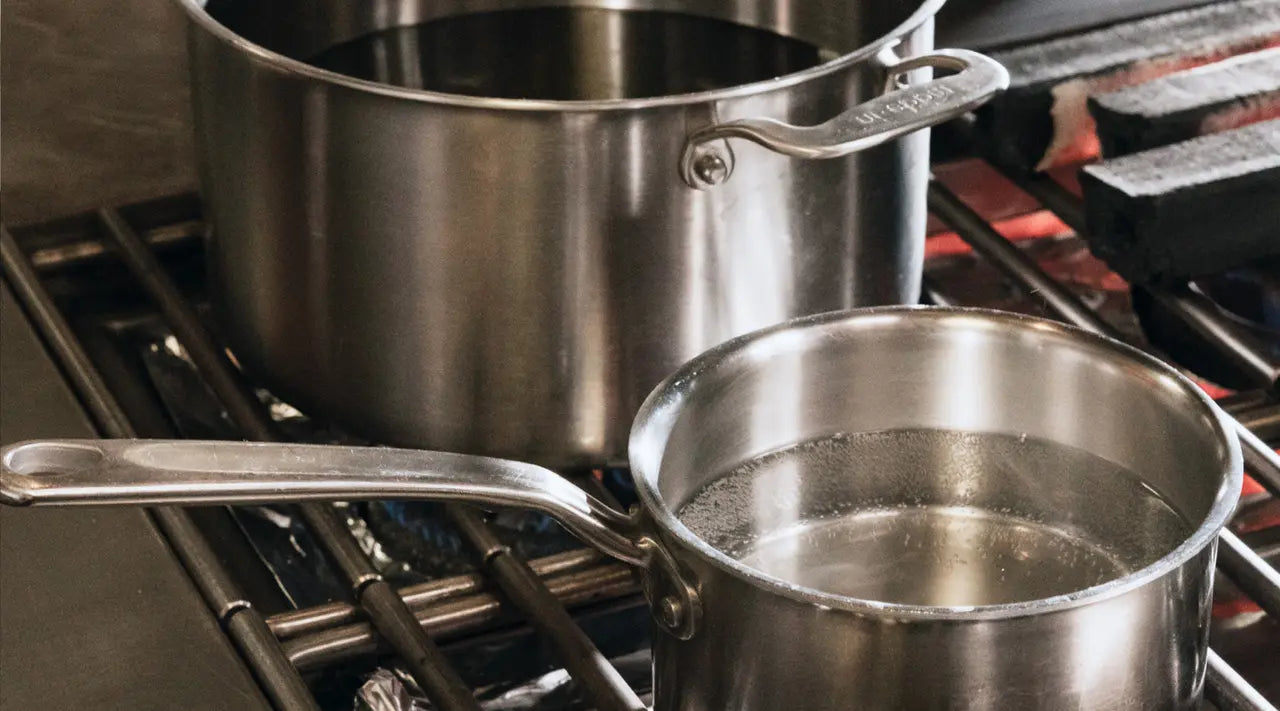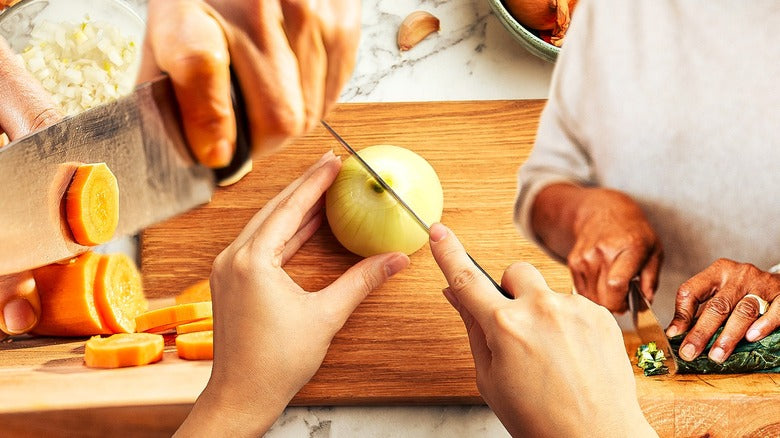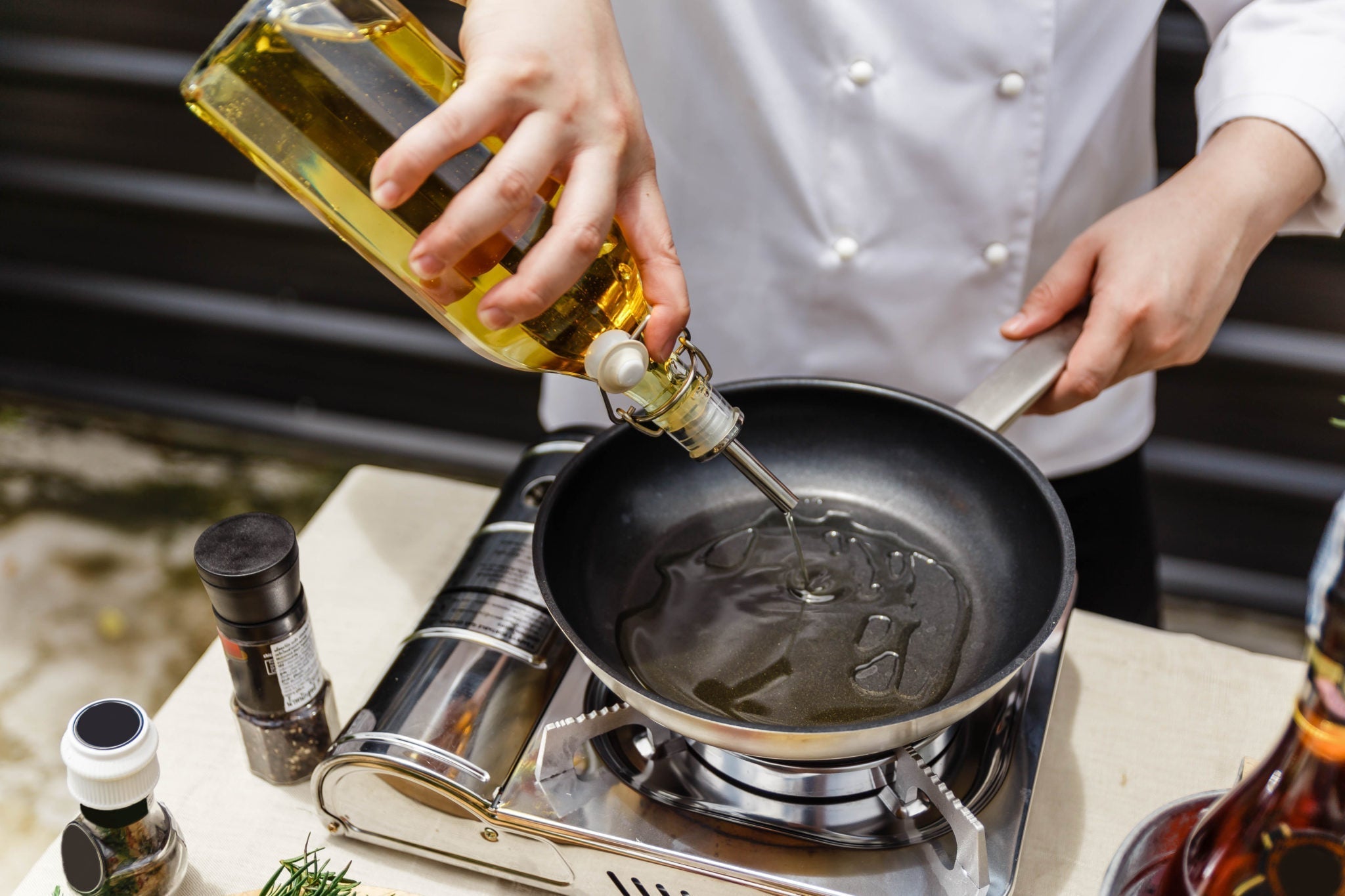For any kitchen professional, it is essential to maintain and care for their cooking tools. One common issue faced by many is knowing how to clean a stainless steel saucepan that has boiled dry. Understanding the right methods not only ensures cleanliness but also prolongs the lifespan of your cookware.
When a stainless steel saucepan boils dry, it can lead to stubborn stains and a coating that may seem impossible to remove. However, with the right techniques and solutions, you can restore your saucepan's pristine condition. In this article, we'll explore effective strategies to tackle this common kitchen problem while ensuring your stainless steel cookware remains in top shape.

Understanding the Causes of Boiling Dry
Before diving into the cleaning methods, it's important to comprehend why saucepans boil dry. Several factors contribute to this issue, including:
- Lack of attention while cooking.
- Using high flames that evaporate water quickly.
Regardless of the cause, the aftermath is often the same. Your trusted saucepan may need a little TLC to return to its former glory.

Quick Cleaning Supplies Checklist
When addressing tough stains left by a saucepan that has boiled dry, having the right supplies on hand is key:
- Baking Soda
- White Vinegar
- Dish Soap
- Non-abrasive Scrubber
- Microfiber Cloths

Step-by-Step Cleaning Guide
Heres a detailed breakdown of steps you can take when cleaning a stainless steel saucepan that has boiled dry. Follow these guidelines to achieve the best results:
1. Soaking the Pan
Start by filling the saucepan with warm water and a few drops of dish soap. Allow it to soak for at least 15-30 minutes. This soaking will loosen any stuck-on food particles.
2. Creating a Baking Soda Paste
Baking soda is an amazing natural cleaning agent. Mix equal parts of baking soda and water to form a paste. Apply this paste generously to the tough stains and areas that appear discolored.
3. Incorporating White Vinegar
After applying the baking soda paste, proceed to sprinkle some white vinegar over it. The chemical reaction between baking soda and vinegar will help lift those stubborn stains.
4. Gently Scrubbing
Use a non-abrasive scrubber or cloth to gently scrub the saucepan. Avoid steel wool or any abrasive pads, as they can scratch the stainless steel surface.
5. Rinsing and Drying
Once you've tackled the stains, rinse the saucepan thoroughly with warm water. Dry it immediately with a microfiber cloth to prevent any water spots.

Preventative Measures to Avoid Boiling Dry
Prevention is always the best medicine. Here are some tips to help you avoid your saucepan boiling dry in the first place:
- Always keep an eye on your cooking.
- Use sizes that match your cooking quantities. For more guidance, read about saucepan sizes.
When to Seek Professional Help
If youre unable to completely restore your saucepan to its original condition or if it has permanent damage, it might be time to consult a professional or consider replacement.
Conclusion
Knowing how to clean a stainless steel saucepan that has boiled dry is crucial for any kitchen professional. By following the steps outlined above and implementing preventative practices, you can ensure your cookware remains functional and great-looking for years to come. Remember: a well-maintained saucepan is a vital asset in every kitchen.
Frequently Asked Questions
1. Can I use metal scrapers on my stainless steel saucepan?
No, using metal scrapers can scratch and damage the surface.
2. Will vinegar harm my stainless steel?
No, vinegar is safe to use on stainless steel when diluted properly.
3. How often should I clean my cookware?
It's best to clean cookware after every use to prevent build-up.
As an Amazon Associate, I earn from qualifying purchases.






Leave a comment
This site is protected by hCaptcha and the hCaptcha Privacy Policy and Terms of Service apply.